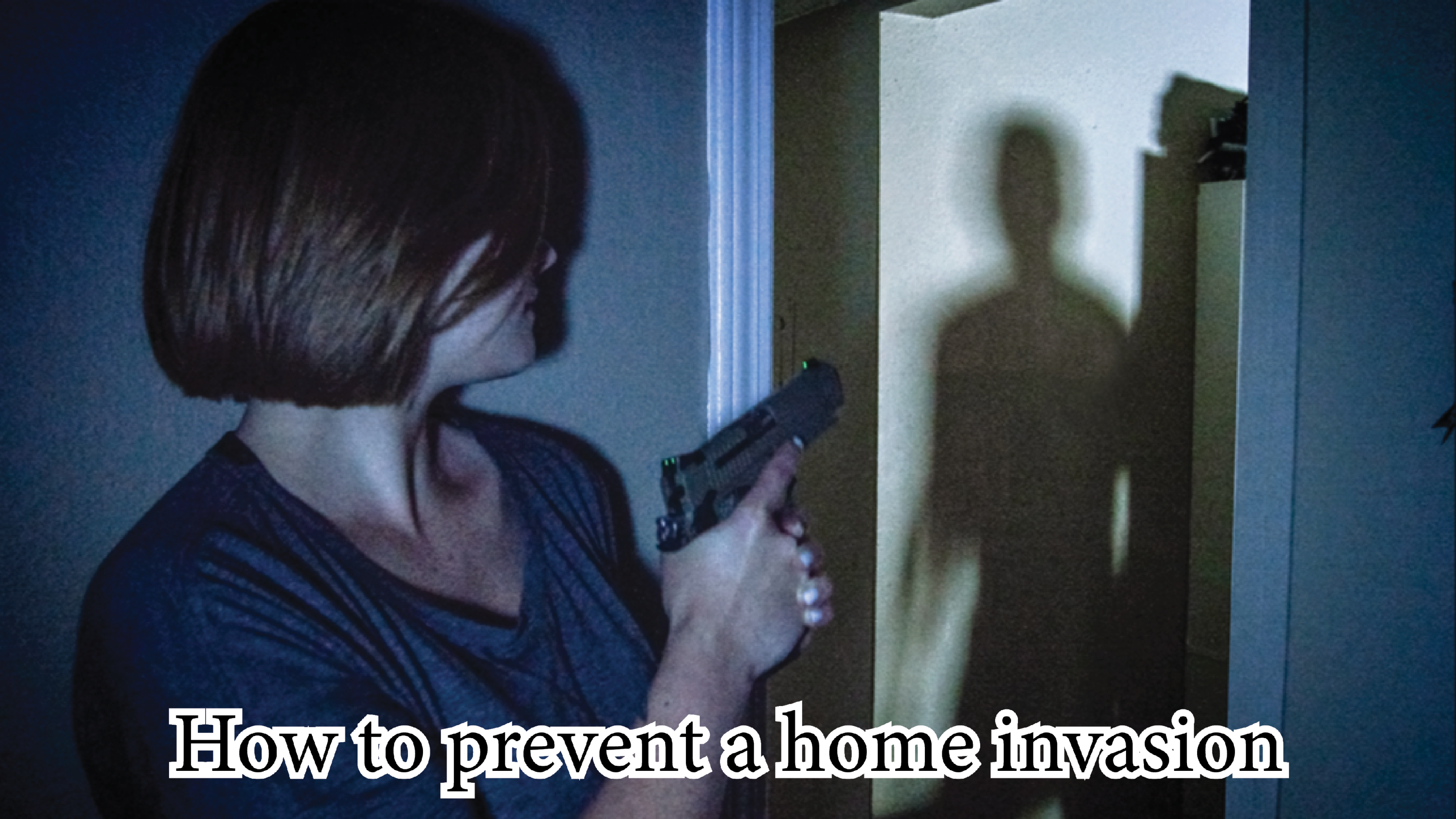Introduction
Everybody should have a strategy in place in case of a house invasion, but it is even more important to also have a strategy in place to prevent such an attack on our houses.
Obviously, home invasion protection begins outside of your house. Your home should have layers of defence and such layers begin outside the home.
These layers are:
- Detection: Detecting a threat and dealing with it before it affects you
- Deterrence: Preventing a threat from entering your home
- Response: Dealing with a threat once you are aware of it, whether inside or out.
Another approach to think about layers is to distinguish between surveillance, barriers, and action. Surveillance informs you of what is happening on in and around your house. This is not only about security cameras; there is also a human aspect to it. Who are your next-door neighbours?




